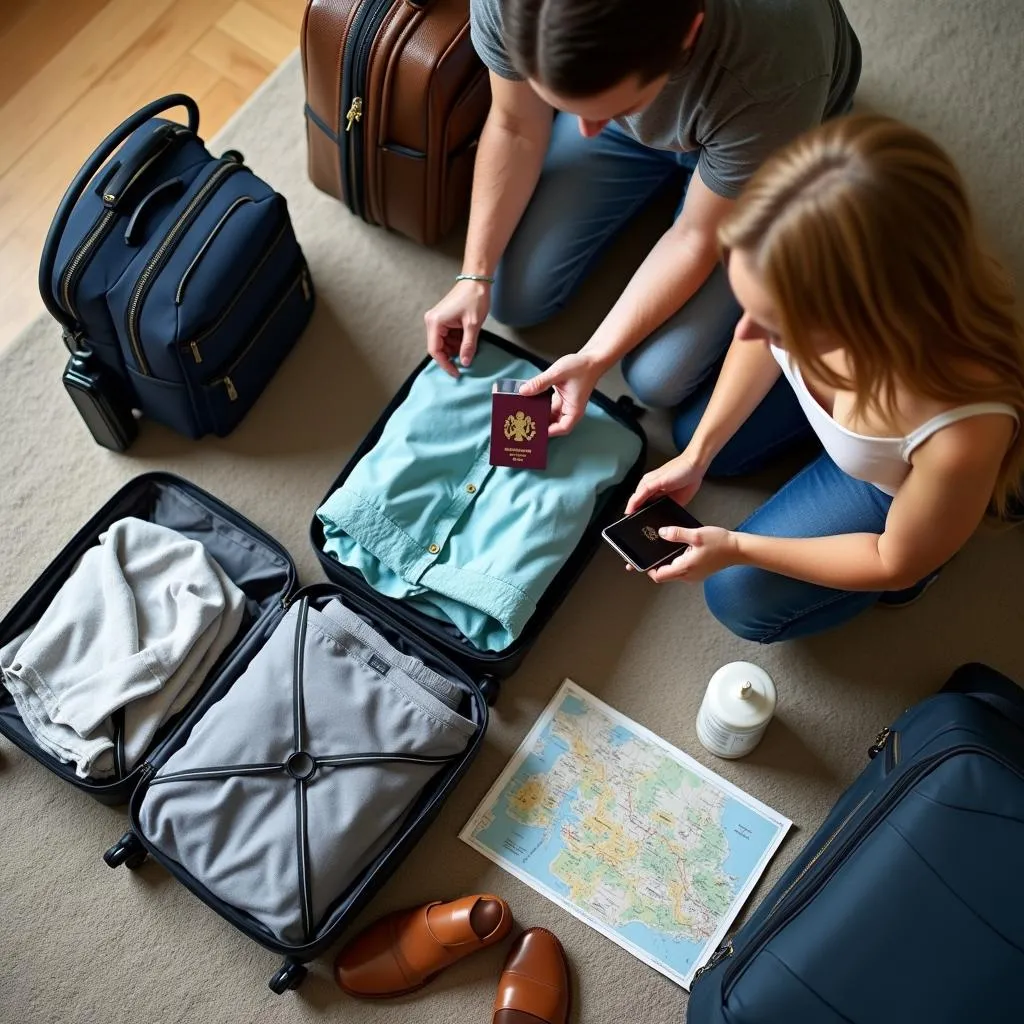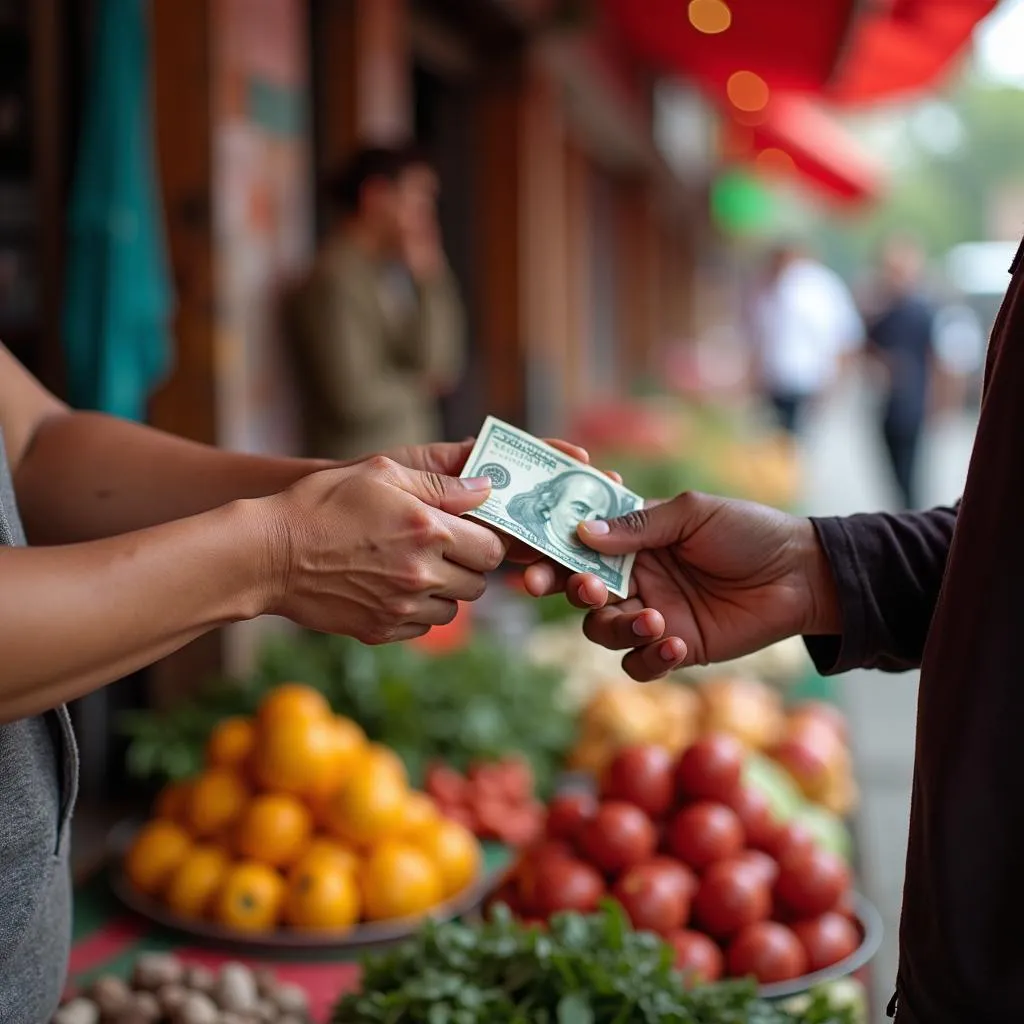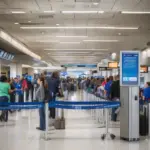Have you ever fumbled with foreign currency in a bustling marketplace, wondering if you brought enough cash? Or perhaps you’ve felt a twinge of anxiety, picturing your wallet disappearing on a crowded street in Barcelona? Deciding how much cash to travel with is a common concern, and for good reason! It’s a delicate balance between security and convenience.
Finding Your Perfect Cash Flow: A Traveler’s Guide
While it’s tempting to rely entirely on credit cards and digital payment methods, there are situations where cash reigns supreme. Think bustling night markets in Bangkok or charming, family-run restaurants tucked away on the Amalfi Coast. This guide will equip you with the knowledge to confidently determine the right amount of cash for your next adventure.
Factors Influencing Your Cash Needs
Before you start stuffing your wallet, consider these factors:
1. Destination:
- Cash-heavy cultures: Countries like Japan and Germany often favor cash for everyday transactions.
- Digital-friendly destinations: Places like Sweden and Singapore have widely embraced cashless systems.
2. Travel Style:
- Luxury travelers: May find themselves relying less on cash and more on premium credit cards.
- Budget backpackers: Might opt for a higher cash ratio to better track spending and utilize local markets.
3. Trip Duration:
- Weekend getaway: A few hundred dollars in local currency might suffice.
- Month-long backpacking trip: You’ll need to budget accordingly, factoring in accommodation, transportation, and daily expenses.
4. Risk Tolerance:
- Peace of mind seekers: May feel more secure carrying a smaller amount of cash and relying on alternative payment methods.
- Cash-comfortable travelers: Might prefer the convenience and security of having cash on hand.
 Travelers packing luggage for their trip
Travelers packing luggage for their trip
The Golden Rules of Travel Cash
1. The “Just in Case” Stash: Always carry a small amount of USD (around $100-200) as emergency funds. This can be a lifesaver if you encounter unexpected situations or need to exchange currency outside of banking hours.
2. The Daily Budget: Determine your estimated daily expenses and withdraw enough local currency to cover a few days. This minimizes ATM fees and ensures you have cash for incidentals.
3. The Secure Split: Don’t keep all your eggs in one basket! Divide your cash between different bags and locations. Consider using a money belt or hidden pouch for added security.
Cash vs. Cards: Finding the Right Balance
Pros of Cash:
- Acceptance: Small vendors and local markets may not accept cards.
- Budgeting: Paying with cash can make it easier to track your spending and avoid overspending.
- Emergency Situations: Cash can be invaluable during power outages or if you lose access to your cards.
Cons of Cash:
- Theft Risk: Carrying large amounts of cash can make you a target for theft.
- Inconvenience: It can be bulky and inconvenient to carry large amounts of cash, especially if you’re traveling to multiple destinations.
 Tourist paying with cash at a local market
Tourist paying with cash at a local market
Pro Tip: Inform your bank about your travel plans to avoid any issues with your cards being flagged for suspicious activity.
FAQs: Your Cash Queries Answered
1. What about currency exchange rates?
Exchange rates fluctuate, so research the current rates before your trip. Avoid exchanging large sums at airports or tourist traps, as they often have less favorable rates.
2. Are ATMs a safe option?
ATMs are generally safe, but it’s best to use them during daylight hours and in well-lit, populated areas.
3. Should I use traveler’s checks?
Traveler’s checks are less common now, and many places don’t accept them. They can be a hassle to replace if lost or stolen.
Embrace the Journey!
Deciding how much cash to travel with is a personal decision. By weighing the factors discussed above and following these guidelines, you can strike a balance between security and convenience. For more travel tips and advice on staying safe abroad, visit Travelcar.edu.vn. Now that you’ve mastered the art of travel cash, go forth and explore the world with confidence!

